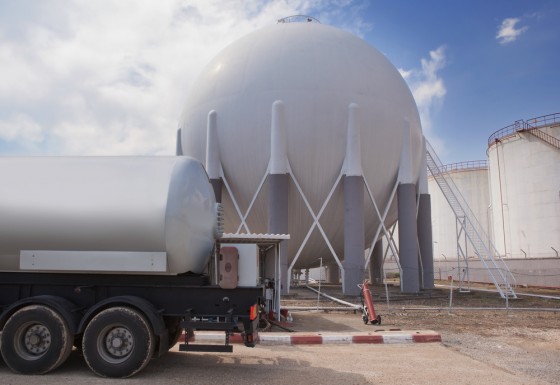Historic flooding has left the Houston metropolitan area inundated once again this week, killing at least seven people, flooding 1,000 homes and causing more than $5 billion in estimated damages in Harris County alone. Gov. Greg Abbott declared a state of disaster for nine counties in and around the Houston area. The widespread nature of the disaster prompted the city of Houston to call this the largest flood event since Tropical Storm Allison, which devastated southeast Texas in 2001, causing $9 billion in damage and $1.1 billion in insured losses.
According to Harris County Judge Ed Emmett, about 240 billion gallons of rain fell on the Houston area this week. That’s the equivalent of 363,400 Olympic-size swimming pools, CNN reported. After 10 inches of rainfall fell in six hours Sunday night into Monday, powerful, slow-moving thunderstorms had paralyzed the region Monday, but storms continued through Wednesday.
Having some of the hardest rainfall overnight helped a bit to mitigate the dangers this week. While this made it difficult to predict, it allowed people to better make choices about going out, as opposed to last year’s floods around Memorial Day, Emmett told the Houston Chronicle. Nevertheless, emergency crews made more than 1,200 high-water rescues, many residents had to evacuate to shelters, and for those who were able to shelter in place, 123,000 homes had no power at the height of the flooding. Officials have also expressed concern about two local dams that have been rated “extremely high risk and are at about 80% capacity, but they are not in immediate danger of failing.
As I wrote in Risk Management last year, the city’s rapid urbanization and approach to land development have made it extremely vulnerable to flooding perils because there is little land surface that can absorb water in foul weather. Rivers, bayous and other receptacles for runoff are easily overwhelmed and take a considerable amount of time to return to normal levels, making the heavy, concentrated, sustained rainfall seen this week even more dangerous in such an urbanized setting. Last May, record rainfall and severe thunderstorms caused tremendous damage across Texas and Oklahoma, killing 32 people and flooding more than 5,000 homes in the metro regions of Houston, Austin and Dallas.
With this latest storm, Houston again offers a powerful reminder about the natural catastrophe perils compounded by urbanization and the need to prepare, both in the form of routine disaster preparation and urban planning. From the August issue of Risk Management:
The city has invested hundreds of millions of dollars to battle the effects of urbanization. On Buffalo Bayou alone, for example, flood control efforts totaling half a billion dollars in the past decade have included bridge replacements, the addition of detention ponds for runoff, and creation of green spaces that serve as parks in normal weather while offering more land surface that can absorb water in foul weather.
But the investments are not enough. “Houston may be doing things to try to improve…but there’s a long history of pre-existing stuff that is still there,” Walter Peacock, an urban planning professor at Texas A&M and director of the school’s Hazard Reduction and Recovery Center, told Time. “Think about every time you put in a road or a mall and you add concrete—you’ve lost the ability of rain to get into the soil and you’ve lost that permeability. It’s now impermeable, and therefore you get more runoff.”

